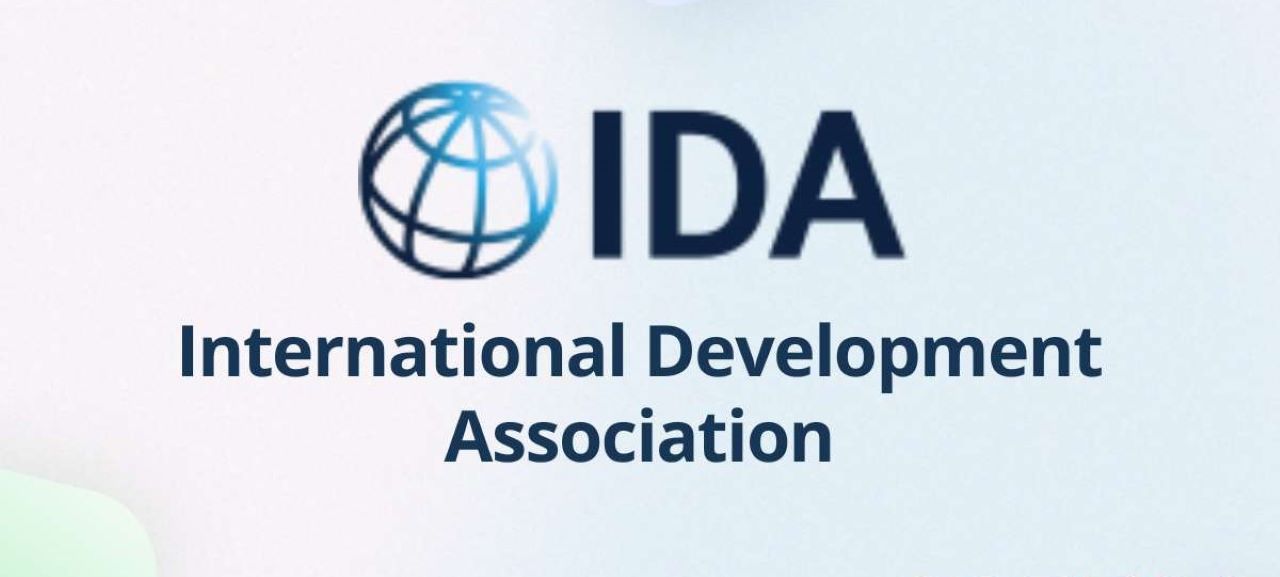Balancing Development Ambitions with Tanzania's Debt Sustainability
Tanzania's position on debt to the World Bank's International Development Association (IDA) can be understood by analyzing its overall debt exposure, especially within the context of the East African and African regions.
Tanzania's debt to IDA is reflective of its strategic position in East Africa and its need for concessional financing to support its development agenda.
IDA's Debt Exposure for Tanzania and Other African Countries
The IDA financial report from June 2024 provides detailed figures on loans and grants disbursed across regions, including Africa.
- Loan and Grant Commitments in Africa:
- The IDA report indicates that the gross disbursements of loans and grants in the Eastern and Southern Africa region amounted to $10.7 billion for FY24, with Tanzania being a significant beneficiary due to its position as a major economy in this region.
- Specifically, Eastern and Southern Africa saw loans amounting to $6.672 billion and grants of $4.024 billion.
- Net Loans Outstanding:
- As of June 30, 2024, IDA’s total net loans outstanding were $198.5 billion globally, with a substantial portion allocated to African countries. Tanzania, as a key recipient, would have a significant share of these funds, particularly through concessional loans.
- The financial terms for these loans, including interest and service charges, vary depending on the type of loan, with many being concessional or on blended terms.
- Tanzania’s Specific Position:
- Although the report does not break down figures by individual country within Africa, Tanzania's position as a prominent economy in Eastern Africa suggests that it is a major recipient of IDA funding. The country’s IDA-related debt likely includes a combination of concessional loans and grants aimed at supporting development projects, especially in sectors like infrastructure, agriculture, and social services.
Comparative Position in Africa
- Tanzania’s IDA debt is part of a broader portfolio that also includes other major African economies. However, Tanzania's relative stability and consistent economic growth position it as a key borrower within the IDA framework, which is tailored to provide low-cost financing to countries that meet specific income thresholds.
- In the broader context of Africa, Tanzania, along with countries like Kenya and Uganda, plays a significant role in absorbing IDA resources aimed at reducing poverty and improving economic conditions.
List of African countries with the highest debt to the World Bank's International Development Association (IDA) as of June 2024
- Nigeria: $16.5 billion
- Ethiopia: $12.2 billion
- Kenya: $12.0 billion
- Tanzania: $11.7 billion
- Ghana: $6.7 billion
- Uganda: $4.8 billion
Tanzania's position as one of the African countries with the highest debt to the World Bank's International Development Association (IDA) reflects several key aspects of its economic and development landscape
- Significant Development Needs
- Tanzania's debt level of $11.7 billion to the IDA indicates the country's substantial reliance on concessional financing to support its development agenda. The high debt level is likely tied to investments in critical sectors such as infrastructure, education, health, and agriculture, which are essential for driving economic growth and poverty reduction.
- Concessional Financing
- The IDA provides loans on highly concessional terms, meaning that Tanzania's borrowing from the IDA is at lower interest rates with longer repayment periods. This type of financing is crucial for a developing country like Tanzania, where access to capital markets may be limited or too expensive.
- Strategic Position in East Africa
- Being one of the largest borrowers in the region underscores Tanzania's strategic importance in East Africa. It is a key player in the region's economic landscape, and its development trajectory has implications not just for itself but for neighboring countries as well. The borrowing is part of broader regional development strategies, including infrastructure projects that enhance regional connectivity.
- Focus on Sustainable Development Goals (SDGs)
- Tanzania's borrowing from the IDA is likely aligned with its efforts to meet the United Nations Sustainable Development Goals (SDGs). The funds are typically directed toward projects that have long-term impacts on economic development, social inclusion, and environmental sustainability.
- Debt Sustainability Concerns
- While the concessional nature of IDA loans helps manage repayment burdens, the size of the debt also raises questions about long-term debt sustainability. Tanzania must ensure that the projects funded by this debt generate sufficient economic returns to meet future obligations without compromising financial stability.
- Economic Growth and Structural Transformation
- The high level of debt suggests that Tanzania is in a phase of rapid economic transformation, where substantial investments are needed to upgrade infrastructure, improve public services, and create jobs. The country's ability to effectively manage and utilize this debt will be crucial in determining its success in achieving middle-income status and sustainable growth.
